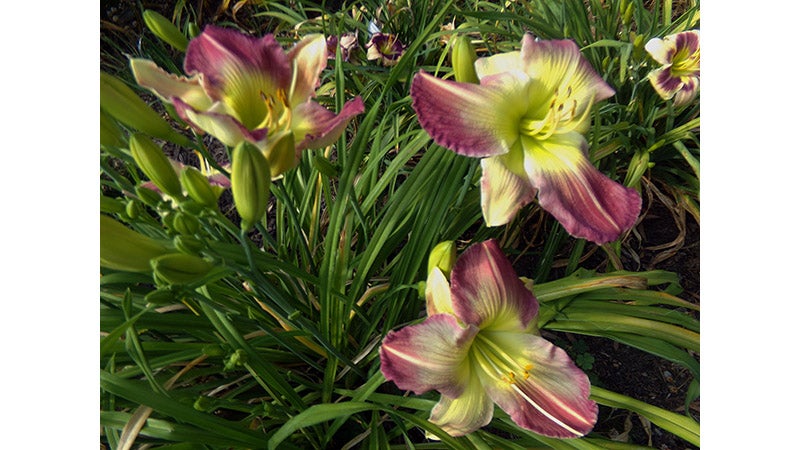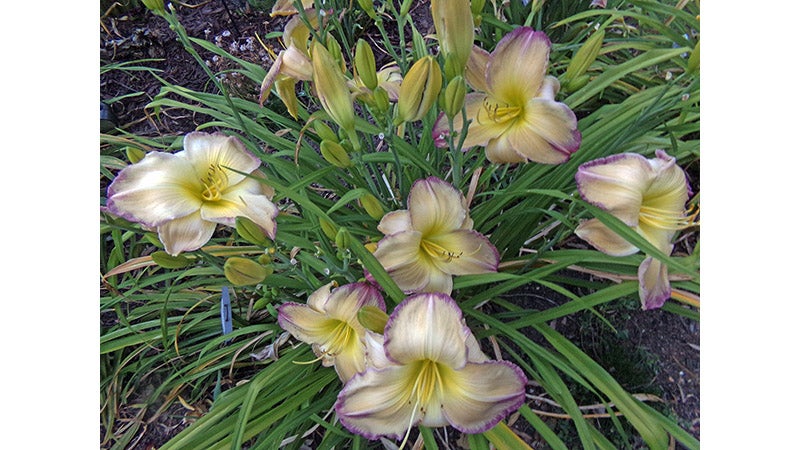Trends in daylily hybridization
Published 4:44 pm Monday, October 11, 2021
|
Getting your Trinity Audio player ready...
|
Gardeners are some of the nicest people you’ll ever meet, and I suspect that daylily growers are the nicest of the nice. This summer I was invited to join a tour of some local tour of the gardens that were having open house to showcase their daylilies. I had met some of the people involved, but really didn’t know them. In Keysville, I was not only given a personal tour of the gardens, but also introduced to Jim Murphy and Margo Reed, the owners of Woodhenge Gardens and nationally recognized daylily hybridizers.
I mentioned that I had daylilies in my garden and was interested in learning about the latest trends. You see, there are trends in the appearance of daylily blooms just like those in the length of skirts or the color of your kitchen walls. There is always a search for something different, shocking even. Since hybrid daylilies first appeared in the late 1800s in England and the early 1900s here in the United States, there have been breeding programs for shorter ones, taller ones, very late bloomers and of course, never-ending variations on the appearance of the flowers. There are double blooms, those with watermarks in the center of flowers, pleated petals, ruffled edges, picotee edges and even toothed petals. Remember Heavenly Velociraptor and its long, curved teeth?
Hybridizers have pushed for whiter flowers bluish flowers, and every other color imaginable. There is a nearly pure white daylily with a green tea-colored center that is stunning. There are so-called unusual form daylilies that have odd-shaped flowers, perhaps extra-long petals or petals that are twisted. Some of my favorites are spider form daylilies with long, narrow, often curving tepals (petals and sepals; daylilies have three petals and three sepals.).
Well, my new friends at Woodhenge informed me that the latest trends in daylily blooms are far wilder that mere spiders. Can you imagine daylilies that completely change color from morning to night? I don’t mean a slight variation in color caused by temperature or moisture fluctuations; I mean totally different. Can you imagine how complex the breeding of these color changers is?
There are also bearded daylilies (also called crispate bearded), which have odd, spiky growths in the center of the blooms and sometimes on down the tepals. Some of these new hybrids, I must confess, aren’t exactly beautiful, just disturbing. There are Face Book pages dedicated to this particular form, and the bidding is high for both unnamed seedlings and even seeds. Nevertheless, every daylily afficionado wants some.
I confess that I have one of each of these new forms. They’re not the most beautiful daylilies in my garden, but they are definitely some of the most intriguing. Sometimes gardeners need to add a shock element to a sea of beauty.
Dr. Cynthia Wood is a master gardener. Her email address is cynthia.crewe23930@gmail.com.







